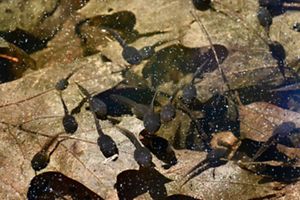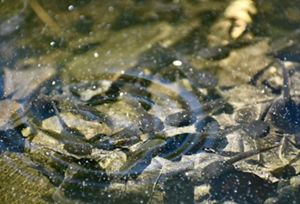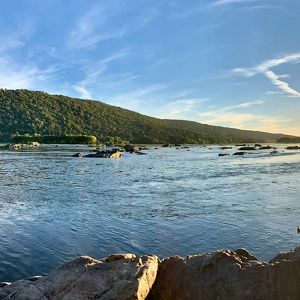Description
This treasured pocket of the South Mountain landscape, now part of Kings Gap State Park and Environmental Education Center, serves as a demonstration site for TNC's efforts to conserve the area’s unique natural heritage, especially vernal pools—temporary springtime wetlands that host and nourish globally rare salamanders, frogs and other woodland species before drying up by summertime. Together with our partners at the state park and several local landowners, we are working to safeguard these habitats that are so vital to the health and natural heritage of this Central Pennsylvania landscape.
This area also boasts hardwood and coniferous forest and suitable habitat for a variety of reptiles, including the box turtle, the five-lined skink (one of Pennsylvania’s few lizards), the northern copperhead and the timber rattlesnake. Public events and workshops take place throughout the year at Kings Gap State Park and Environmental Education Center.
Note that camping, motorized vehicles, bicycles and horses are prohibited.
















